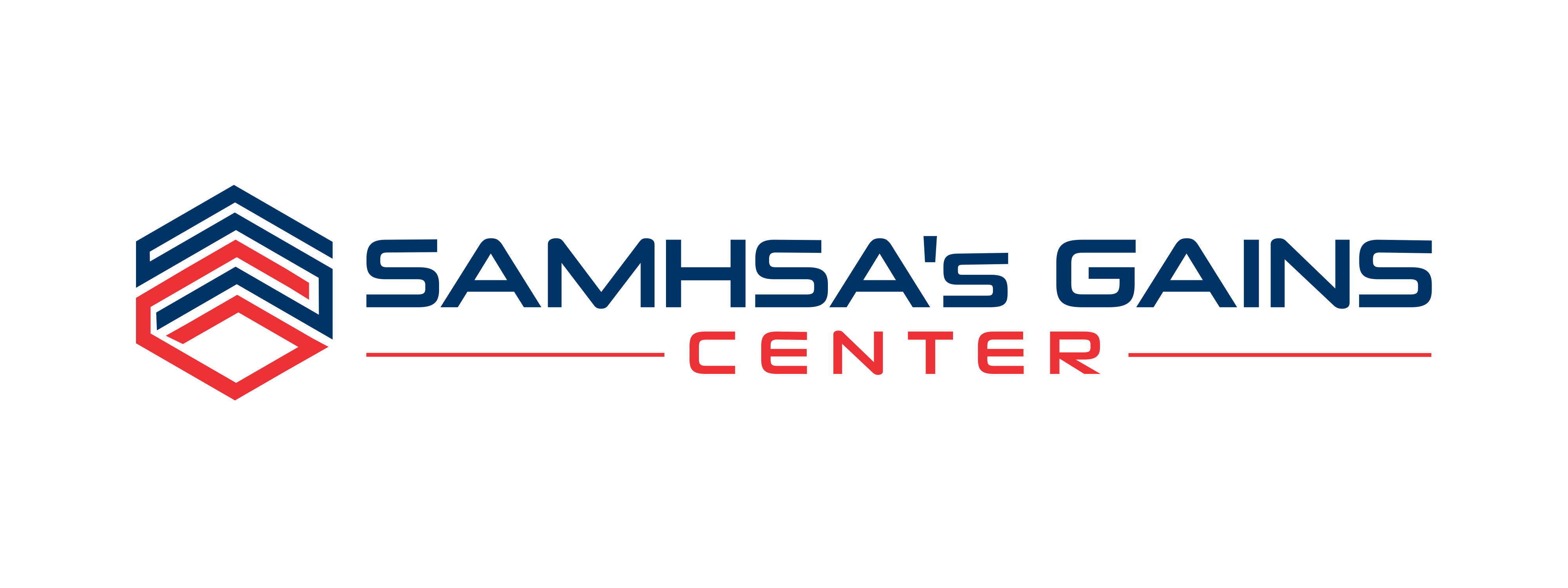Lisa Callahan, Ph.D., Senior Research Associate II, Policy Research Associates, Inc.
One of the best things about working at the GAINS Center and Policy Research Associates, Inc. (PRA) is the opportunity to visit communities that are doing great work to provide support to people with behavioral health challenges. Whether it’s providing specific technical assistance to a program or conducting a Sequential Intercept Model Mapping Workshop or providing a “How Being Trauma Informed Improves Criminal Justice System Responses” train-the-trainer event, it is invaluable to talk with and observe how professionals and communities are addressing the needs of their community. The stories we hear, our “ear to ground,” inform our strategies and help shape our priorities.
For a few years now, as the opioid crisis has gained national attention, efforts at successfully interfering with the distribution of opioids, such as scrutinizing prescribing practices, are gaining national traction and are showing a decline in prescribed opioids. Educating the public and professionals about the real dangers in opioid use is widespread. No matter where we travel, we meet people who are affected by opioid use, misuse, and overdose. Not only does it affect the individual struggling with addiction and their loved ones, it also affects the professionals who work hard to steer people into recovery programs and support them when they relapse. While finishing Sam Quinones’ investigation into the early roots of the opioid epidemic, Dreamland, I was approached by a flight attendant who said quietly, “my family has been there.” The public voice given to individuals with opioid addiction, their families, and the professionals who treat them has been nothing short of a social movement.
My fellow “road warrior” colleagues at the GAINS Center and PRA and I swap stories after traveling to communities across the United States. One major emerging narrative is that there is a fast-rising tide of methamphetamine use. When we bluntly ask, “how is your opioid problem?” the response is often a variation of this: “We can effectively treat opioids; it’s meth we have trouble with; this is the drug that we are seeing surging in our community.” Disentangling which substance is “steering the ship” is a challenge and one with which behavioral health programs, including treatment courts and their partner providers, struggle.
The above is context to a recent opportunity I had to attend the American Public Health Association’s Annual Meeting in November. A significant portion of the GAINS Center’s portfolio of work has been on substance use and addiction. Consequently, I choose to attend many sessions on opioids generally, and I was particularly drawn to sessions that included a focus on methamphetamine and opioid use. What I learned confirms what we are hearing in the field—yes, opioids are a real problem, but methamphetamine is also a severe problem.
One roundtable that I attended focused on a 2018 article published in the Drug and Alcohol Dependence, “Twin epidemics: The surging rise of methamphetamine use in chronic opioid users” (Ellis, Kasper, & Cicero). In the article, the authors discussed their data from 2011 to 2017 on 13,521 individuals entering treatment for opioid addiction across 47 states with good regional representation. They asked individuals with a primary diagnosis of opioid use disorder entering treatment for the first time what other drugs they used in the past month. Overwhelmingly, methamphetamine was the response—in 2011, 19 percent of individuals reported using meth in the past month compared with 34 percent in 2017. This uptick in use wasn’t equally distributed across regions or demographics. For example, the problem has increased 202 percent in the west, with 63 percent of individuals entering treatment for opioids reporting that they also used meth in the past month. It is higher in rural areas, with 46 percent of people entering treatment for opioid addiction reporting having used meth in the past month compared with 35 percent in urban areas. For women, there was a 98 percent increase from 2011 to 2017, with 39 percent of women using meth prior to treatment for opioids. What is interesting, too, is their reasons for using meth—because it is more easily available than opioids. They obtained a “synergistic high” from meth and “balanced out” their inability to obtain opioids to function “normally.” It is vital to be conversant and aware of this study and others (see Researched Abuse, Diversion and Addiction-Related Surveillance System) to understand that many individuals seeking treatment for opioid use disorder are also using methamphetamine. This has an impact on every aspect of effectively responding to individuals seeking treatment, including proper placement, evidence-based treatments and supports, relapse prevention, and most effectively addressing an individual’s treatment needs.


